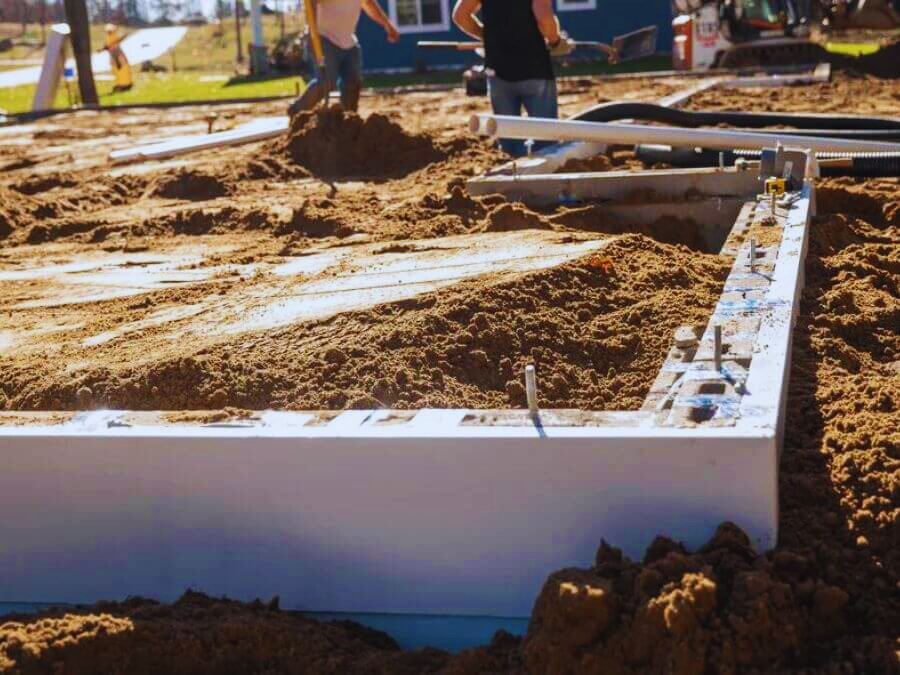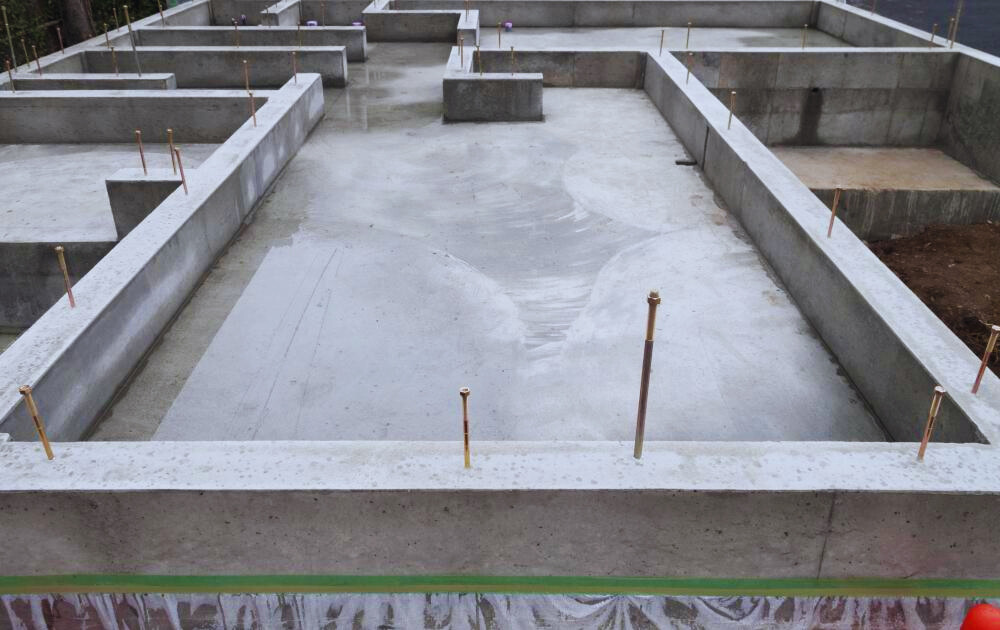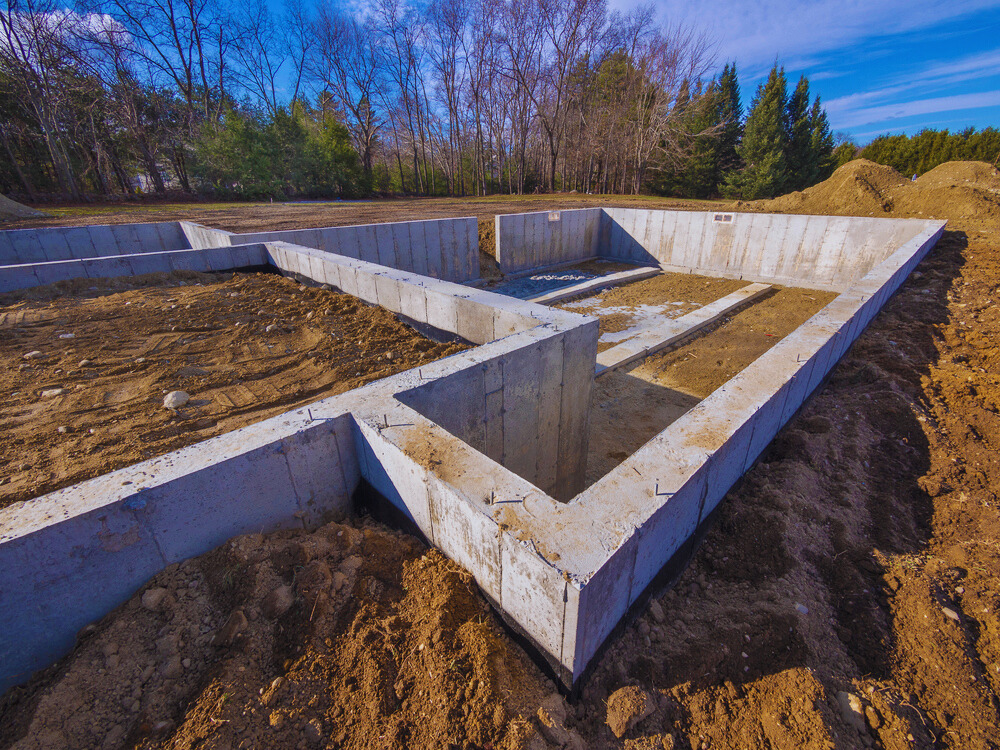What Is a Stem Wall in Construction?
What Is a Stem Wall in Construction: In the realm of construction, there are various components and terminologies that may not be immediately familiar to everyone. One such term is the “stem wall.” Stem walls play a crucial role in construction, particularly in providing stability and support to a building. In this article, we will delve into the world of construction to uncover the meaning, purpose, and significance of stem walls.
Table of Contents
1. Understanding the Basics
1. Defining the Stem Wall
A stem wall, also known as a “grade beam” or “frost wall,” is a fundamental architectural element that serves as the connection between the building’s foundation and the vertical walls. It is typically a short, vertical, and sturdy wall that extends above the ground level. Stem walls can vary in height, depending on the construction’s specific requirements and local building codes.
2. Material Matters
Stem walls are commonly constructed using various materials, with concrete being the most popular choice due to its strength and durability. These walls are poured or laid directly on the foundation’s footing and form the building’s base.

2. The Purpose of Stem Walls
1. Providing Structural Support
One of the primary purposes of a stem wall is to provide structural support to the building. By elevating the structure above ground level, it helps distribute the weight of the building evenly across the foundation. This design prevents settling, shifting, or damage to the building caused by changes in the soil’s condition.
2. Protection Against Moisture
Stem walls act as a barrier against moisture and water intrusion. In areas prone to flooding or high water tables, elevating the structure on stem walls can prevent water from seeping into the building, safeguarding it from potential water damage.
3. Insulation and Ventilation
Additionally, stem walls can offer space for insulation and ventilation. This can be crucial for regulating temperature and humidity within the building, enhancing energy efficiency, and ensuring a comfortable living or working environment.

3. Construction Techniques
1. Monolithic Pour
The most common construction technique for stem walls is the monolithic pour. In this method, the footing and stem wall are poured together in a single operation, ensuring a seamless connection and optimal structural integrity.
2. Masonry Blocks
In some cases, masonry blocks may be used to construct stem walls. These blocks are stacked and secured using mortar to create the necessary support structure.

4. Conclusion
In the world of construction, a stem wall is a vital component that provides stability, structural support, and protection against moisture. By elevating the building above ground level, it offers numerous benefits, including insulation and ventilation possibilities. Understanding the role and significance of stem walls is essential for architects, builders, and anyone interested in the construction industry.
5. FAQs
Q1. Are stem walls necessary for all types of buildings?
Stem walls are commonly used in various construction projects, but their necessity depends on the specific requirements and local building codes.
Q2. Can stem walls be added to existing buildings?
While it is possible to retrofit stem walls, it can be a complex and costly process. It’s usually more practical to incorporate them during the initial construction.
Q3. What is the typical height of a stem wall?
The height of a stem wall varies based on the project’s requirements and local regulations. It can range from a few inches to several feet.
Q4. Do stem walls require regular maintenance?
Stem walls made of durable materials like concrete generally require minimal maintenance. However, it’s essential to address any cracks or damage promptly to ensure their continued effectiveness.
Q5. Are there alternatives to stem walls in construction?
Yes, there are alternative foundation systems, such as slab-on-grade foundations, that don’t require stem walls. The choice depends on the project’s specific needs and local conditions.




